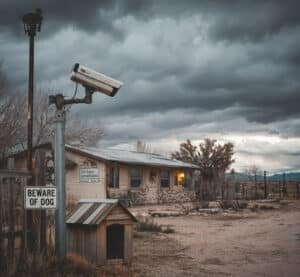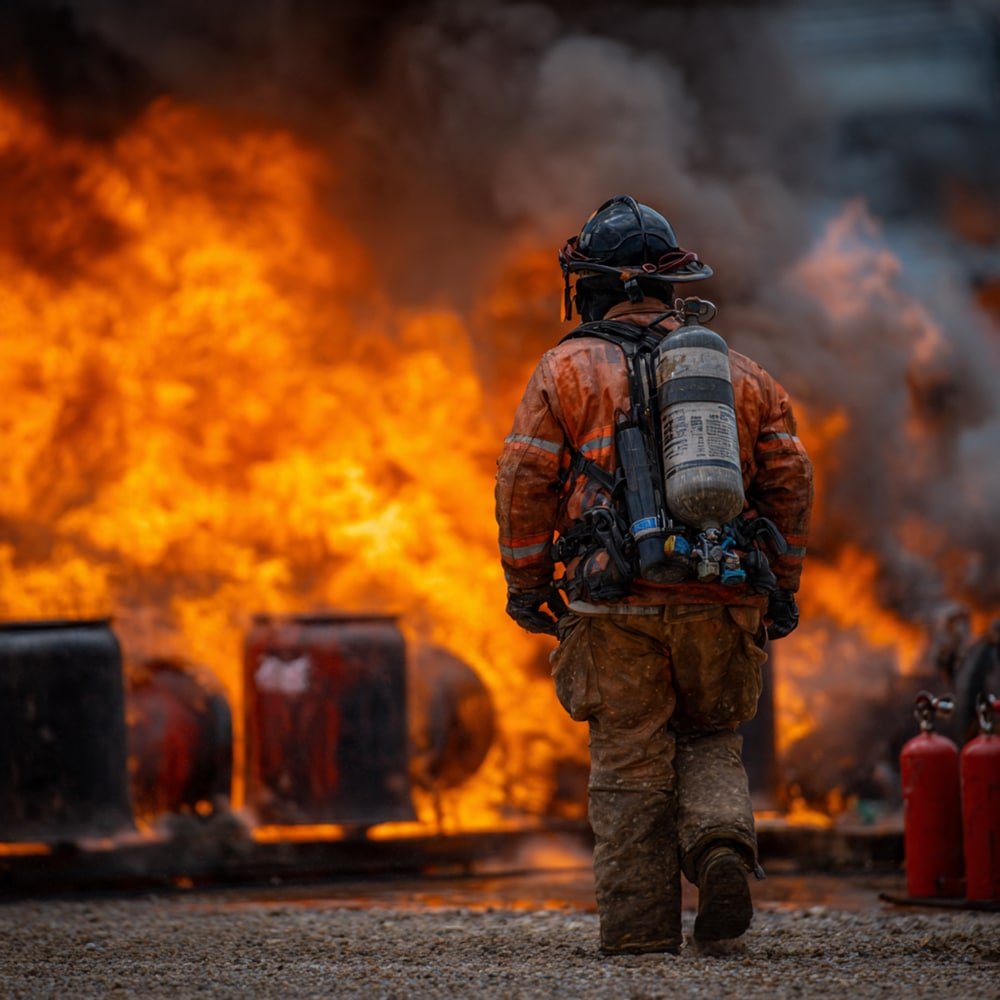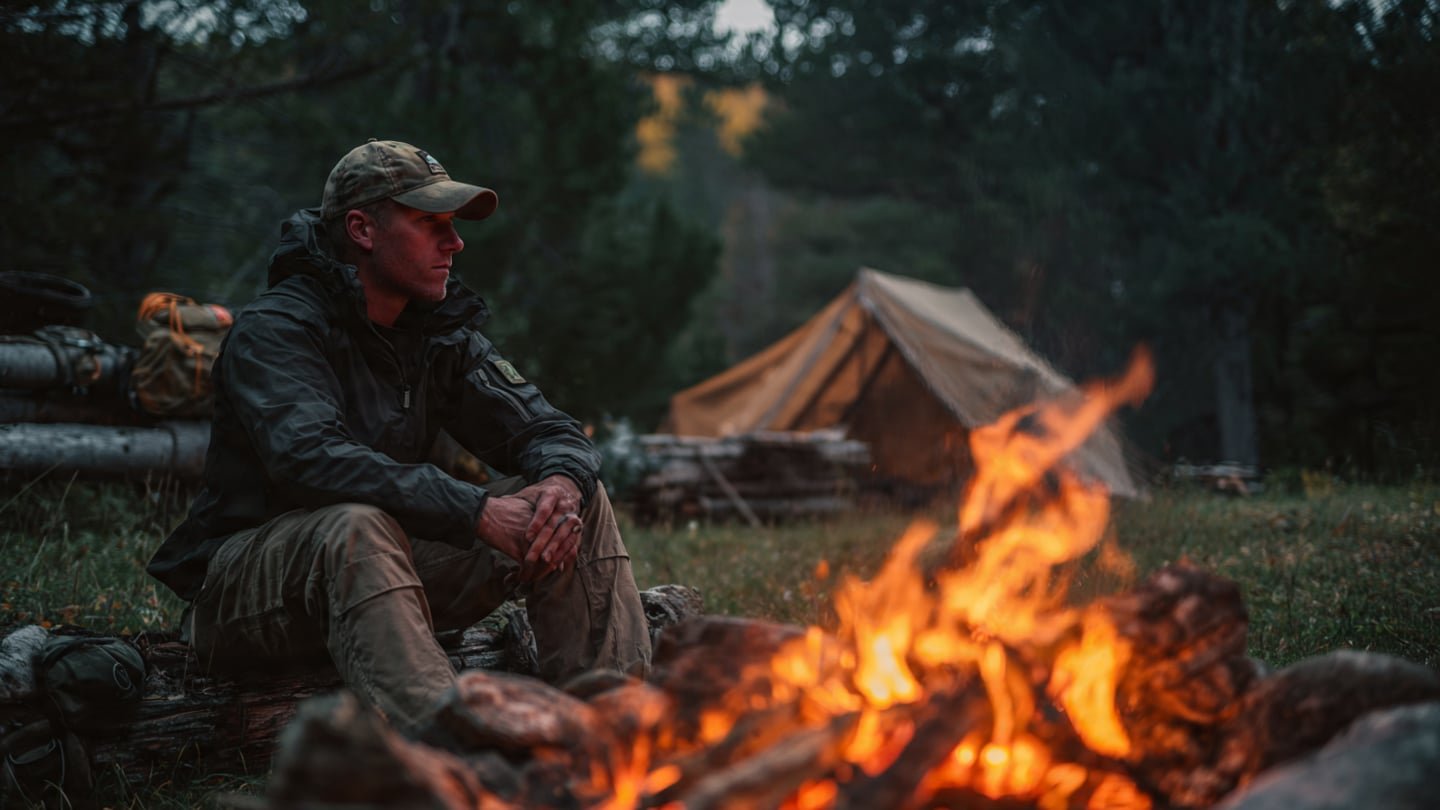Surviving an emergency or disaster is difficult if you lack the know-how. Surviving such catastrophes when you have small children is especially hard. This is why disaster preparedness is something people shouldn’t take lightly. If you value the lives of your loved ones, it’s time to get them into prepping.
In most disaster movies, protagonists have children tagging along. Everyone usually survives but it’s not that easy in real life. Unless you’re Brad Pitt and have done vital scientific work before a zombie outbreak, your family will be the government’s least priority. The job of protecting your family falls on you.
Your role as a parent is not only to provide for your children. You also have to make sure they can look after themselves when you’re gone. Give them a better chance by teaching them about disaster preparedness.
Starting them young
The first rule of disaster preparedness is to talk about disaster preparedness. Give young children subtle hints on the importance and fundamentals of prepping . Tell them stories using survival books written with children in mind.

Let the kids think of prepping as a normal part of their lives. As children grow older, they get more responsibilities such as taking out the trash and cleaning their rooms. In the same manner, parents can infuse disaster preparedness into the picture. Encourage chores and prepping hobbies such as cooking, auto mechanics, and self-defense.

Make disaster preparedness fun
When you’re young, all you think about is playing and having fun. Use this to introduce your kids to disaster preparedness. There are many ways you can prepare them for the worst while having a good time.
Take your family camping. If you’re children are too young, just pitch a tent in your backyard and let them be little campers.

If they’re old enough, allow them to experience what it’s like to be out in the open and be self-sufficient. Teach them how to make a bonfire and roast some marshmallows. Let them catch fish, forage, or simply prepare and cook meals.
When you’re not out camping and plodding through the concrete jungle, take the opportunity to teach them some valuable prepping lessons. When you enter a building, tell them about fire exits and what to do when fire breaks out. Show them how to use a fire extinguisher. Get a kiddie version they can easily use.

Schools usually provide training for different emergency situations, including earthquake and active shooter drills. Go through the drills with your kids. They should also know emergency numbers by heart.
Another fun way to teach kids about disaster preparedness is through movies and shows about survival. They get to see what disasters are like and you get to have some family time.

Prepper Stockpiles and bug-out bags
The whole family can take part in stockpiling and preparing bug-out bags. Get a little extra item to add to your stockpile every time you’re out doing grocery. You don’t have to buy bulk but if you have the means then go ahead and fill up your prepper pantry.

Food and water are the most important basic necessities. Stock up on them if you intend to outlive the walking dead or survive a nuclear fallout. You also need survival gear. Each family member should have his or her own bug-out bag. When SHTF and you need to leave the protection of your home, you should have enough supply in your bags to last you days or even weeks.

Each bug-out bag should have the basics such as clothes, ponchos, sleeping bags, Mylar blankets, food and water. Ideally, each bag should have its own multi-tool, paracord, flashlights, fire starters, and a first aid kit.

Since the children’s bags are smaller, the parents are tasked with carrying most of the survival gear such as those mentioned along with a family-sized tent, cookware, eating utensils, duct tape, zip ties, binoculars, LED lantern, and a battery powered radio or crank radio.

One disaster preparedness tip for families with small children is to pack supplies and other items specifically for the young ones. These include their favorite food and snacks, vitamins and medicines, topical ointments, and forms of entertainment like crayons, board games and their favorite toys.
If you have an infant, pack as much baby milk as possible. Bring diapers, wipes, baby food, trash bags, baby sling and a baby carrier.

Without scaring your children, make them understand that bad things happen such as natural disasters, fire, a falling asteroid, or a zombie apocalypse. When you talk to them about disaster preparedness, you should have a plan of action in place. Each family member should know what to do, where to go, and what their roles are. Little children can only do so much so you should refrain from assigning them huge responsibilities.
Just a disclaimer – We have partnered with these companies because we use their products and/or proudly trust and endorse them – so we do receive a commission if you make a purchase or sign up for services. Often, we are able to negotiate special discounts and/or bonuses, which we will pass on to you via our links. We often get short notice on sale items available for 24-48 hours as we will pass these savings onto you.






















